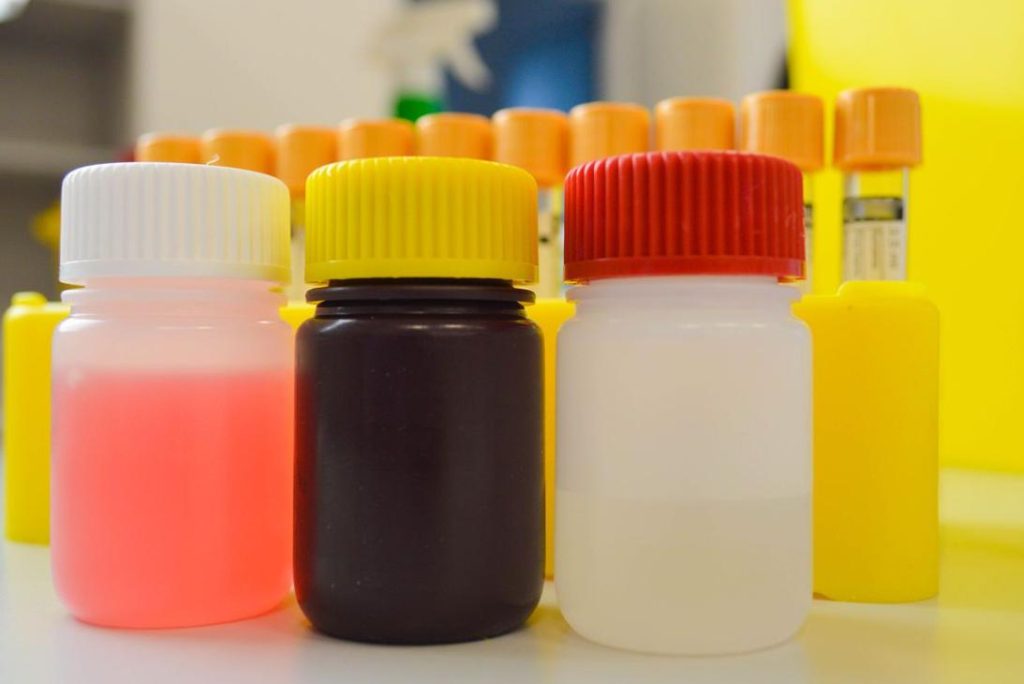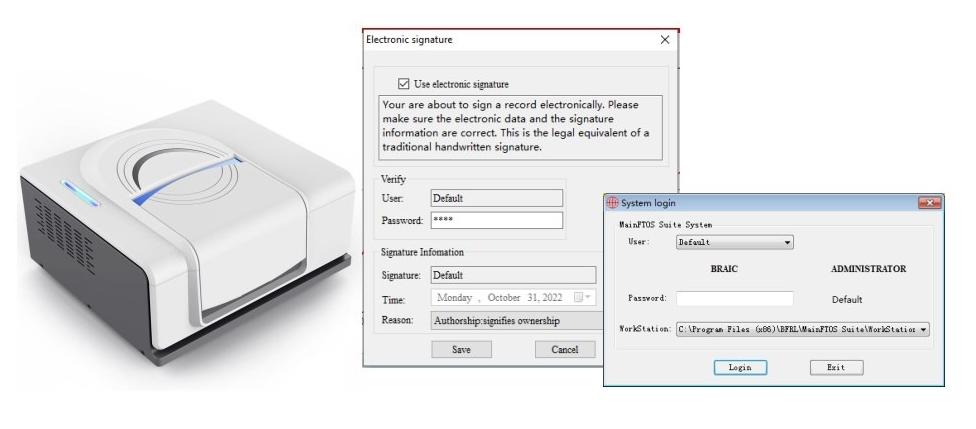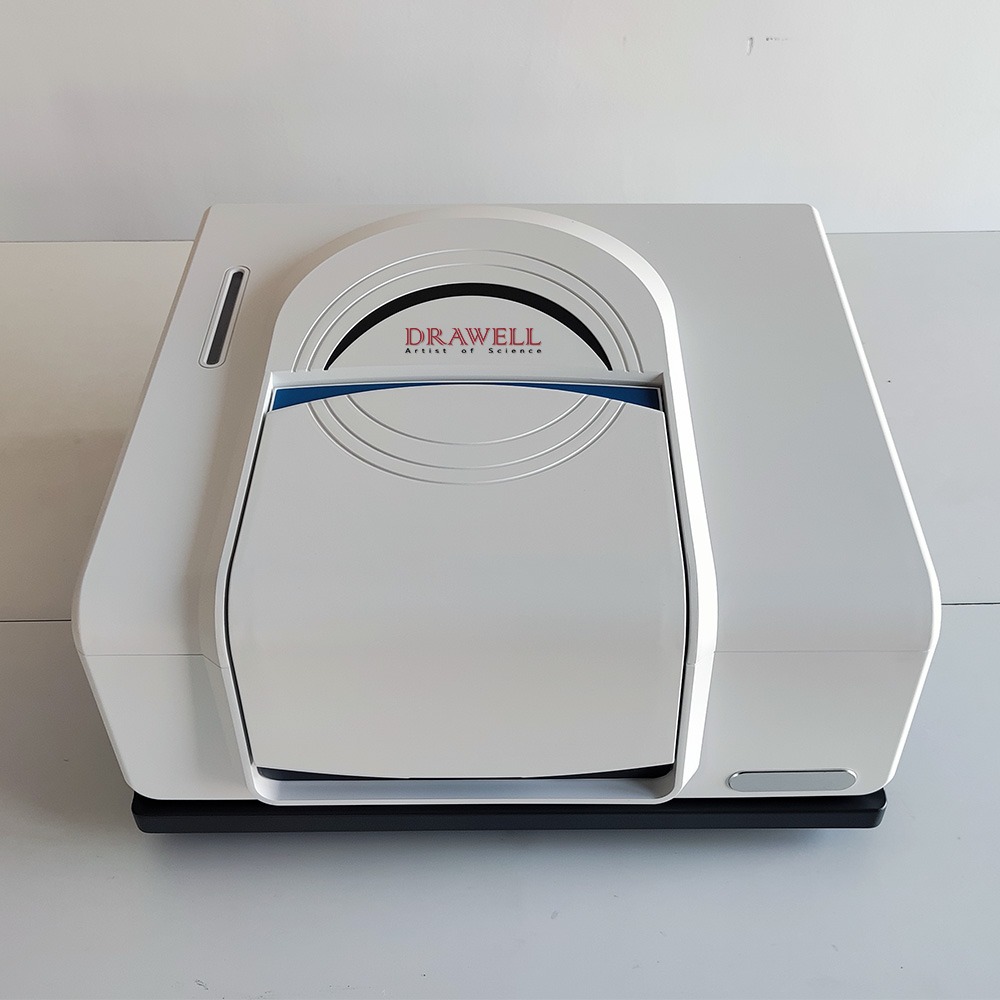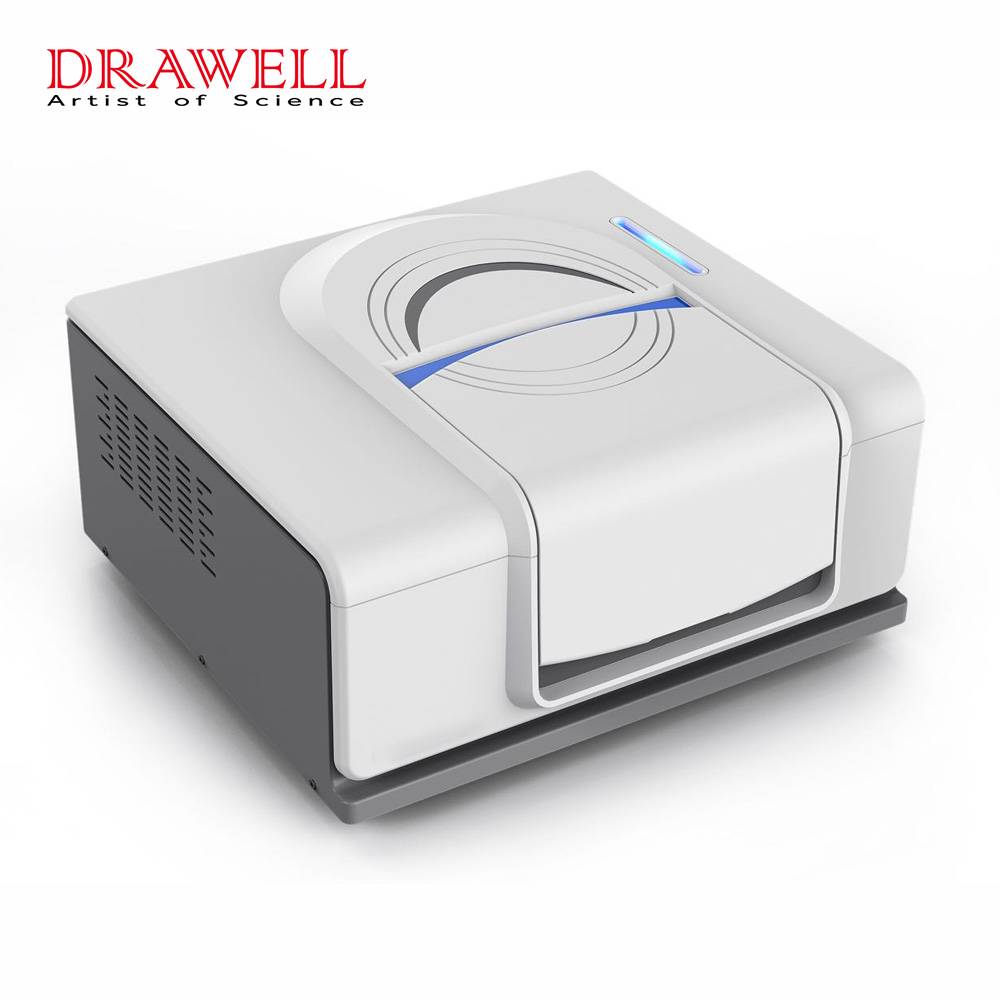Fourier Transform Infrared Spectroscopy (FTIR) is a widely used analytical technique for identifying and characterizing materials by analyzing their infrared absorption spectra. When applied to liquid samples, FTIR offers invaluable insights into the molecular composition and structural characteristics of a wide range of substances. This article explores the importance of FTIR for liquid samples, the types of liquids that can be analyzed, a step-by-step guide to performing FTIR analysis, and the challenges and applications of this powerful technique.

Why FTIR is Useful for Liquid Samples?
FTIR spectroscopy is particularly effective for liquid samples due to its ability to provide detailed information about molecular vibrations, which correspond to specific chemical bonds and functional groups. Liquid samples, being homogeneous and relatively easy to handle, allow for accurate and reproducible spectral data.
Advantages of FTIR for Liquid Samples:
- Non-destructive Analysis: FTIR preserves the sample, allowing further testing or analysis.
- High Sensitivity: The technique can detect subtle differences in molecular structures.
- Versatility: Suitable for a wide range of liquids, including aqueous solutions, organic solvents, and biological fluids.
For instance, in pharmaceutical research, FTIR is utilized to ensure the purity of liquid drug formulations by identifying contaminants or undesired interactions between components. Similarly, in environmental monitoring, it detects pollutants in water samples with high precision.
FTIR’s adaptability and detailed spectral output make it indispensable for liquid sample analysis, supporting research and industrial applications alike.
Type of Liquid Samples in FTIR Analysis
FTIR analysis can accommodate a diverse range of liquid samples, each with its own specific considerations.
- Aqueous Solutions: Water is a strong absorber of IR radiation, which can pose challenges for transmission-based FTIR. However, Attenuated Total Reflectance (ATR) techniques are particularly well-suited for aqueous samples, as they minimize the path length of the IR beam through the liquid.
- Organic Solvents: Non-polar organic solvents are generally easier to analyze by FTIR due to their lower IR absorption. Examples include hydrocarbons, alcohols, and ketones.
- Viscous Liquids: High-viscosity liquids, such as oils and polymers, can be challenging to handle in traditional transmission cells. ATR is often the preferred method for viscous samples, as it requires only a small amount of liquid to be placed on the ATR crystal.
- Complex Mixtures: FTIR can be used to analyze complex mixtures of liquids, such as biological fluids or industrial effluents. However, spectral interpretation can be challenging due to overlapping peaks. Chemometric techniques can be employed to deconvolute complex spectra and extract meaningful information.
The type of liquid and the specific analytes of interest will dictate the appropriate sample preparation and analysis techniques.
Step-by-Step FTIR Analysis for Liquid Samples
The FTIR analysis process for liquid samples involves several key steps:
Step 1: Sample Preparation:
Proper sample preparation is paramount for obtaining accurate and reliable FTIR spectra of liquid samples. The chosen method directly influences the quality of the resulting data, impacting both qualitative and quantitative analyses. Here are some common methods:
- Transmission Cells: For non-aqueous liquids, a thin film of the sample is placed between two IR-transparent windows (e.g., NaCl, KBr). The cell thickness is critical for obtaining good spectra.
- ATR: For aqueous or viscous liquids, a small amount of the sample is placed on the ATR crystal (e.g., diamond, germanium). The IR beam interacts with the sample at the crystal surface, providing a spectrum.
- Cleaning: Thoroughly clean the cells or ATR crystal between samples to prevent contamination.
Step 2: Instrument Setup:
Select the appropriate resolution and spectral range(e.g., 4000 to 400 cm⁻¹ for most organic compounds).
Use a reference sample (e.g., pure solvent) for background subtraction.
Step 3: Data Acquisition:
Place the liquid sample in the cell or ATR crystal.
Acquire multiple scans and average them to improve the signal-to-noise ratio.
Step 4: Spectral Interpretation:
Identify characteristic peaks corresponding to specific functional groups(e.g., O-H, C-H, C=O).
Compare the sample spectrum to reference spectra or databases.
Use chemometric techniques for complex spectra or quantitative analysis.
For example, a strong and broad peak around 3300 cm⁻¹ often indicates the presence of an O-H bond, signaling the presence of water or alcohols.
Step 5: Validation and Reporting
Verify results by repeating measurements.
Document findings with spectra and detailed observations.
By following these steps, researchers can obtain accurate and reliable FTIR spectra of liquid samples, enabling detailed analysis of their composition and properties.

Common Challenges in FTIR Analysis of Liquids
Despite its versatility, FTIR analysis of liquids can present certain challenges:
- Water Interference: Water is a strong IR absorber, which can obscure the signals from other components in aqueous samples. ATR techniques can mitigate this issue, but careful sample preparation is still essential.
- Spectral Overlap: In complex mixtures, peaks from different components can overlap, making spectral interpretation difficult. Chemometric techniques, such as principal component analysis (PCA), can help to deconvolute overlapping peaks.
- Sample Contamination: Contamination from previous samples or environmental factors can lead to inaccurate results. Thoroughly cleaning the sample cells or ATR crystal is crucial.
- Path Length Variations: In transmission-based FTIR, variations in the sample path length can affect the intensity of absorption peaks. Maintaining a consistent path length is essential for quantitative analysis.
- Choice of ATR Crystal: The correct ATR crystal must be chosen. Diamond is very robust, and is good for most samples. Germanium has a higher refractive index, and is better for samples with high refractive indices.
Addressing these challenges requires careful sample preparation, appropriate instrument setup, and expertise in spectral interpretation.

DW-FTIR-530Pro FT-IR Spectrometer Display
Real-World Applications of FTIR for Liquid Samples
FTIR spectroscopy plays a vital role in pharmaceutical research by ensuring the consistency and purity of liquid formulations. For example, it can detect the presence of unwanted by-products in a liquid drug, ensuring compliance with stringent regulatory standards.
In environmental monitoring, FTIR is widely used to analyze water samples for pollutants. A notable application is the detection of microplastics in oceans and rivers, helping researchers assess the environmental impact of plastic waste.
The petrochemical industry leverages FTIR for quality control of fuels and lubricants. For instance, it is used to identify oxidation products in motor oils, which can indicate degradation and the need for replacement.
In the food and beverage industry, FTIR ensures product quality by analyzing liquid components. For example, it can measure the sugar content in beverages, enabling manufacturers to maintain consistent flavor profiles and meet labeling requirements.
In medical diagnostics, FTIR aids in the analysis of biological fluids such as blood plasma. One application is the non-invasive monitoring of glucose levels, offering a promising tool for managing diabetes.
FTIR analysis offers a powerful and versatile approach to liquid characterization, providing valuable insights into the composition and structure of liquid samples. Its non-destructive nature, rapid analysis capabilities, and ability to provide both qualitative and quantitative information make it an essential tool for various industries and research fields. By understanding the principles, techniques, and challenges associated with FTIR analysis, researchers and professionals can effectively utilize this technique to unlock the molecular secrets hidden within liquid samples.


